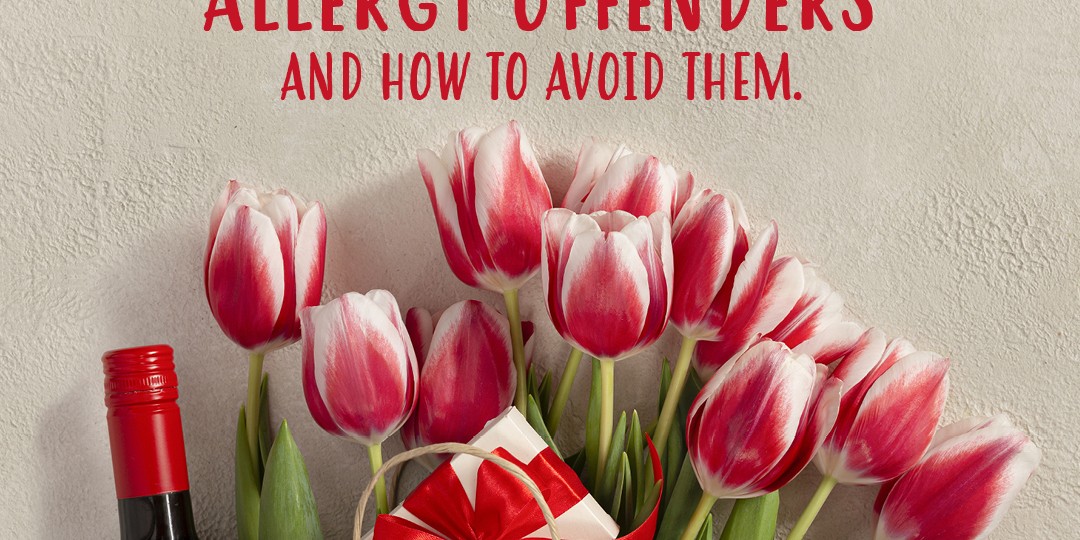Valentine’s Day Allergy Offenders
February 8, 2021
Valentine's Day can be intimidating for allergy suffers. Far too frequently sweethearts visit the emergency room instead of their favorite restaurant or fill the day with sneezes instead of smooches. Avoiding the most common Valentine’s Day allergy offenders is possible, and here are some tips to…
The Gross Truth About How Often You Should Replace Your Pillow
August 4, 2014
The Question: How Often Should I Replace My Pillow? The Answer: Nearly 70 percent of people say a comfortable pillow is very important to a good night's sleep, but many of us make a crucial mistake when it comes to our favorite pillows: We’re keeping them for way too long.
Is It a Cold or Winter Allergies?
February 12, 2014
If you’re sniffling and sneezing this winter, you might think it’s a winter cold or flu — but it could be allergies. “In the winter, most of the allergies that you’re going to suffer from are going to be indoor allergies — mold, cockroaches, dust mites and animal dander,” Joan Lehach, M.D., an…
Reducing Indoor Allergies This Winter
January 6, 2014
The weather outside may be frightful this time of year, making a toasty fire indoors so delightful. However, for many Americans, this cozy inside feeling may not last very long due to indoor allergens and overall poor air quality. The Asthma and Allergy Foundation of America (AAFA) reports “50…
5 Surprising Ways Hotels Can Make You Sick
October 24, 2013
When traveling, your hotel is your home away from home. But you and your family may have unwanted company -- your hotel room could be a haven for germs, parasites, and other threats to healthy travel. Before you book your next getaway, know what dangers could be lurking in hotel rooms and how to…
How to handle allergies in school
February 5, 2013
Pollens from schoolyard trees and grasses may trigger your child’s allergies. Or indoor allergens such as mold and animal dander may set them off. Make a reference card about your child’s triggers and reactions for the school nurse. Be sure to include your child’s typical allergy symptoms and what…
What sets off your asthma?
January 24, 2013
Winter can be tough on asthma sufferers: Cold, dry air can set off symptoms, including shortness of breath, chest tightness, wheezing and coughing. But you can reduce your exposure and minimize symptoms. Here are three triggers linked to cold weather, and tips to help protect your health:


